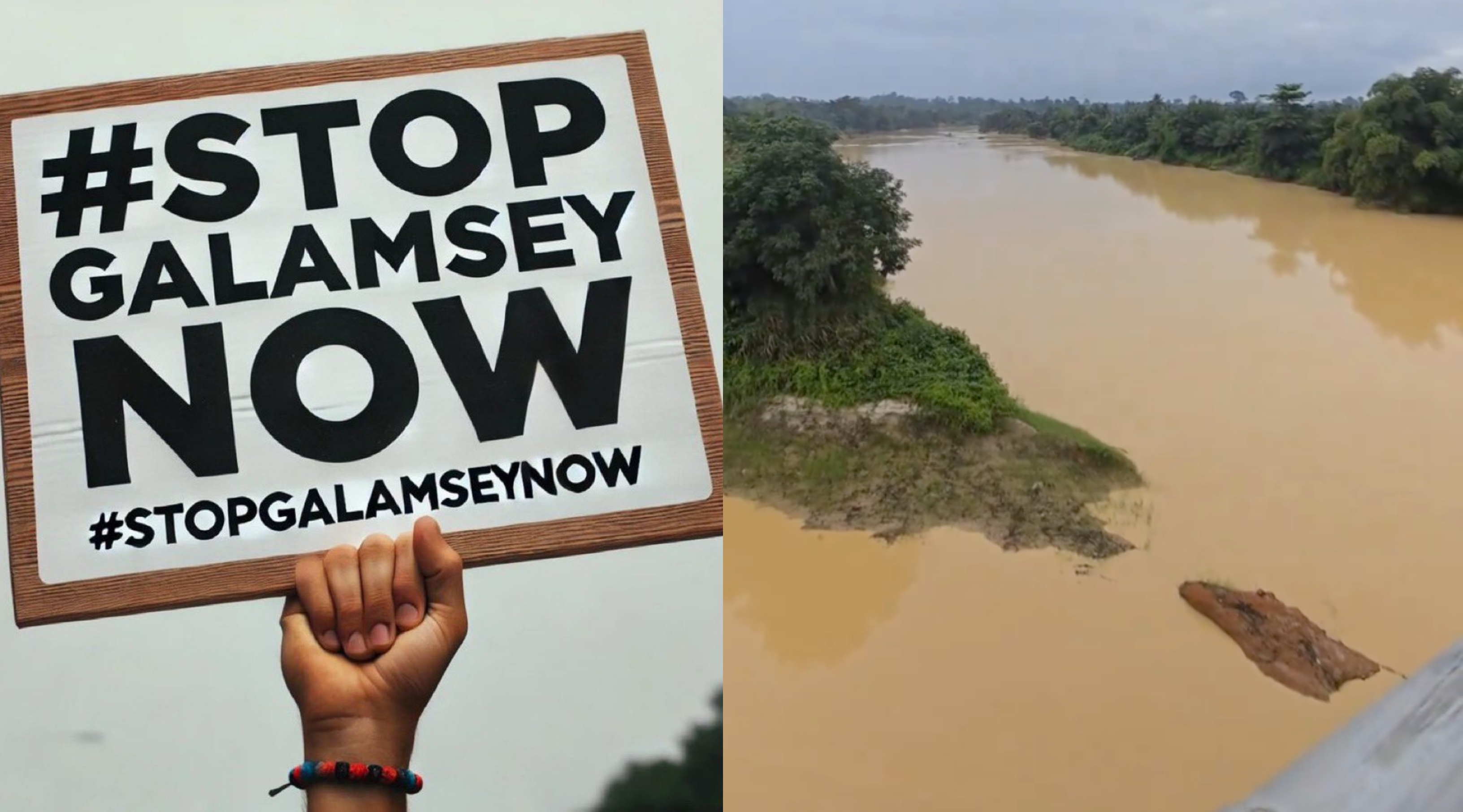
An online campaign against illegal mining, commonly known as galamsey, is rapidly gaining traction as Ghanaians from all walks of life unite to call for an end to the destruction of water bodies, farmlands, and forests in the relentless search for mineral resources.
The campaign, marked by the hashtag #STOPGALAMSEYNOW, has seen widespread support, with prominent influencers and concerned citizens amplifying the message across social media platforms.
The illegal mining activities have wreaked havoc on Ghana's natural environment, particularly its water bodies, farmlands, and strategic vegetation. Successive governments have implemented various state-sponsored strategies to curb the menace, but these efforts have largely been unsuccessful. As a result, many of the country’s water resources have become dangerously turbid, severely affecting the quality of water supplied by the Ghana Water Company Limited (GWCL).
In a recent statement, the GWCL issued a stark warning, cautioning that Ghana might soon be forced to import water if the galamsey crisis is not brought under control. The company has been grappling with the rising cost of purifying heavily polluted water, a burden that has placed immense pressure on its operations.
Just this past weekend, the GWCL issued an apology to residents of Cape Coast, Elmina, and surrounding areas for the erratic water supply they have been experiencing. The company attributed the disruptions to the severe pollution of the River Pra, a direct consequence of galamsey activities.
‘About sixty percent (60%) of the catchment capacity is silted as a result of illegal mining, compromising the quality of the raw water. We are currently recording an average turbidity of 14,000 NTU instead of 2,000 NTU designed for adequate treatment,’ the GWCL management explained.
The pollution caused by galamsey has drastically reduced the amount of raw water available for treatment, with the company now producing only about 7,500 cubic metres of water per day—just a quarter of its installed capacity. This shortfall has led to significant inconvenience for residents who rely on the GWCL for their daily water needs.
Galamsey has become such a critical issue that it has drawn the attention of traditional authorities, including the Asantehene, Otumfuo Osei Tutu II, who has taken decisive action against those complicit in the destruction. In a bold move, Otumfuo Osei Tutu II recently destooled three prominent chiefs—the Sabronum Gyaasehene, the Akyeamhene, and the Baamuhene—for their involvement in illegal mining activities.
The destoolment, announced during the Asanteman Council meeting on 26 August 2024 at the Manhyia Palace, underscores the Asantehene’s unwavering commitment to environmental preservation and the upholding of traditional authority. The chiefs, stripped of their titles, responsibilities, and the respect once accorded to them, were found to have not only failed in curbing illegal mining in their respective areas but were also allegedly complicit in the activities.
Otumfuo Osei Tutu II has been a vocal advocate for sustainable development and the preservation of natural resources, consistently emphasising the grave consequences of galamsey on both the environment and the health of the people in the Ashanti Region. His recent actions send a clear message that no one, regardless of their position, is above the law, and that traditional leaders have a crucial role to play in protecting Ghana’s environment.
As the #STOPGALAMSEYNOW campaign continues to gain momentum, the call for a united front against illegal mining grows louder. Ghanaians are standing together, demanding immediate action to safeguard the nation’s water bodies, farmlands, and forests for future generations.
Read Full Story
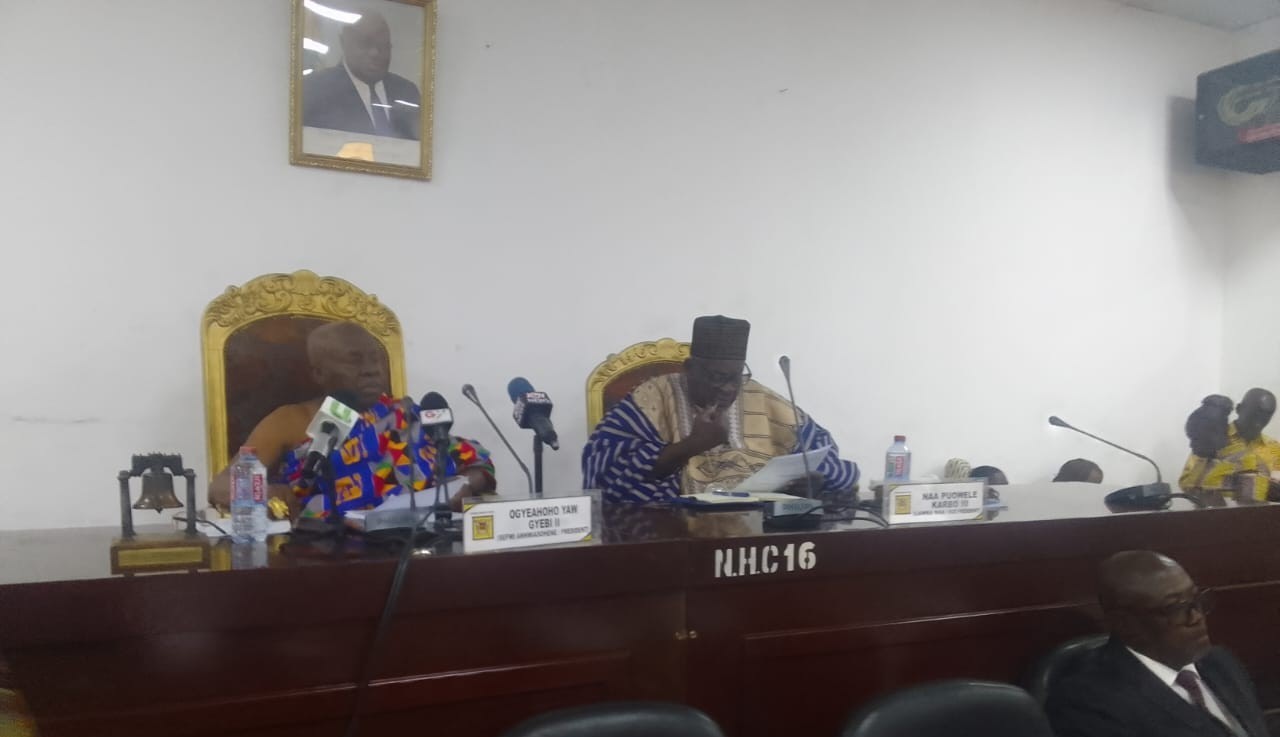


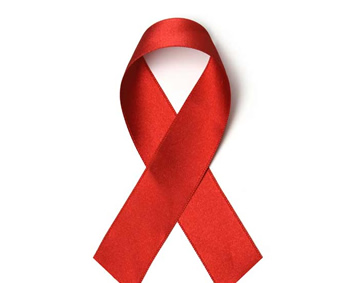
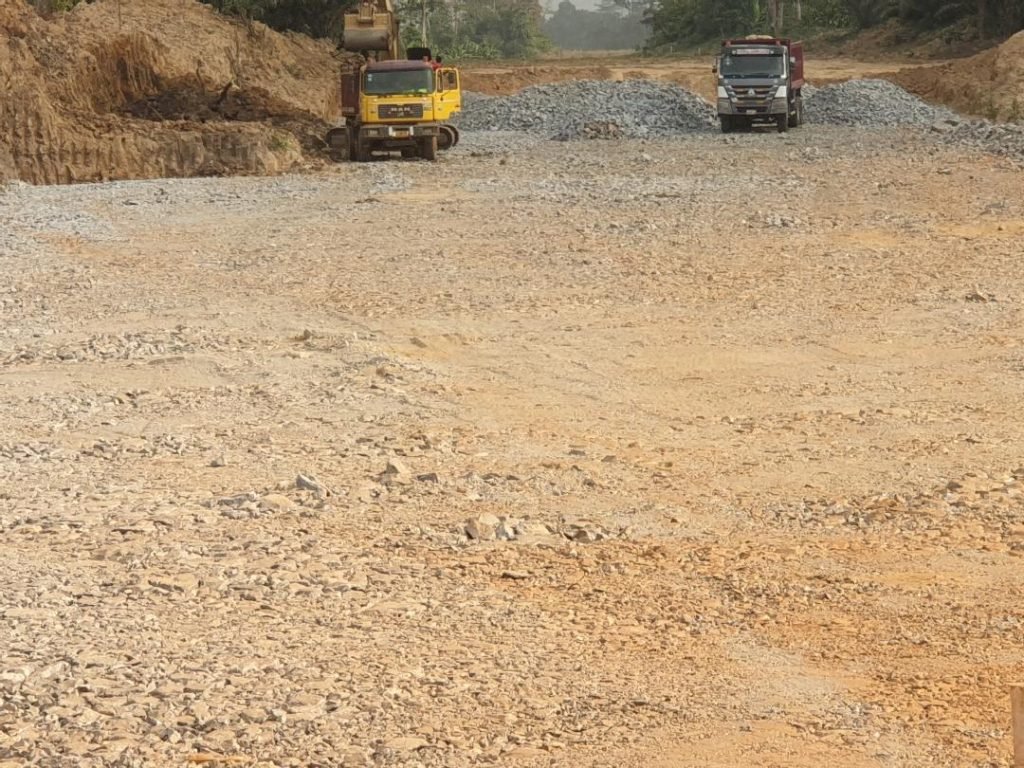

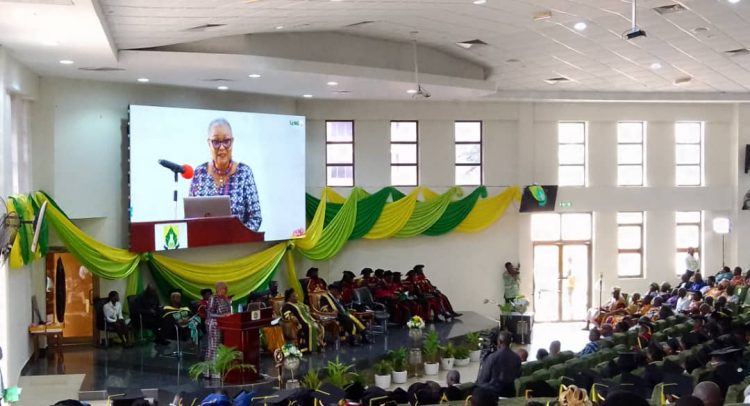

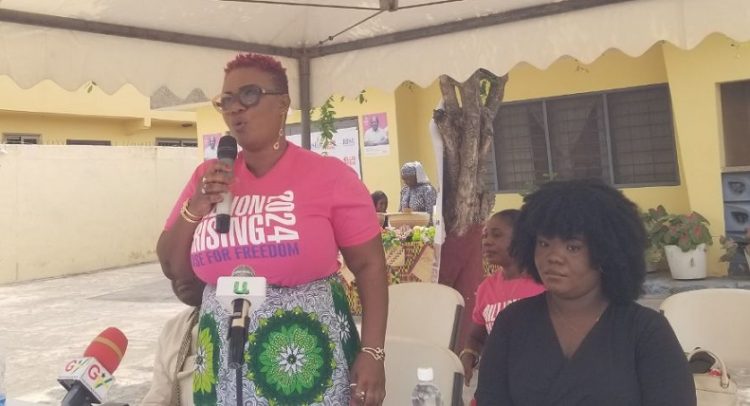








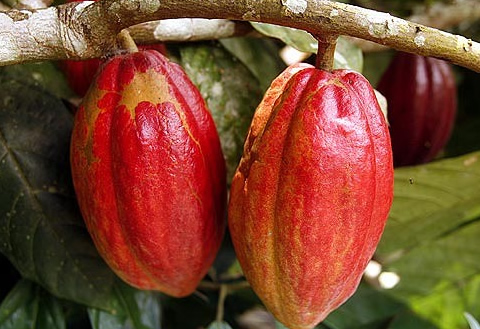

Facebook
Twitter
Pinterest
Instagram
Google+
YouTube
LinkedIn
RSS